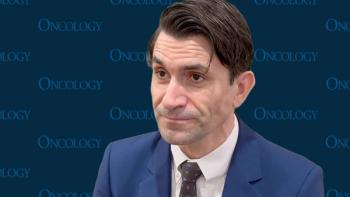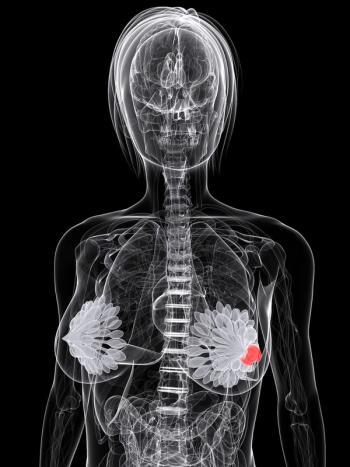
Expert Reviews Potential Novel Treatment Options in Ovarian Cancer
Ritu Salani, MD, highlights the possible benefit of a novel targeted therapy and autologous tumor vaccine in patients with platinum-resistant ovarian cancer, and in the maintenance setting after treatment for platinum-sensitive disease.
Following the
Salani, the Gynecologic Oncology Fellowship Director at University of California Los Angeles Health and the Gynecologic Oncology editorial board member for the journal ONCOLOGY®, highlighted upifitamab rilsodotin’s capability of targeting NaPi2b, a target commonly expressed in platinum-resistant ovarian cancer. According to Salani, upifitamab rilsodotin may also benefit patients as maintenance therapy following treatment for platinum-sensitive disease.
Salani also spoke about gemogenovatucel-T, which she described as being a potential maintenance therapy option for patients with homologous repair proficient (HRP) disease that may not require PARP inhibitors as supplemental treatment.
Transcript:
For ovarian cancer, we continue to have struggles in the platinum-resistance setting. Mirvetuximab soravtansine-gynx (Elahere) is going to help advance that field. But there are other targets that are being explored. This includes things like upifitamab rilsodotin, which is an antibody-drug conjugate targeting NaPi2b. [For] patients who have high expression of this target, which is not uncommon in ovarian cancer—even probably around the 50% range—there's a targeted agent. This might also provide another avenue of treatment both in the platinum-resistance setting and as a maintenance option after platinum-sensitive treatment.
The other ideas that are kind of out there are looking at HRP maintenance in patients without using a PARP inhibitor. We know PARP inhibitors have some benefit, but it has not been that ‘wow factor’ that we're all looking for. [Gemogenovatucel-T], which is looking at the patient's own tumor and looking at reinfusing it [via] an agent [as part of a] maintenance strategy, is something that's out there. And this is really exciting. In preliminary data, it looks like the patients with HRP [disease] have the best benefit. We're looking forward to getting more information about that.
Newsletter
Stay up to date on recent advances in the multidisciplinary approach to cancer.
















































































